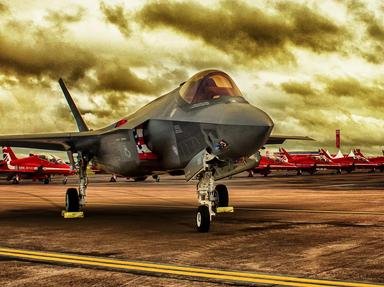Quiz Answer Key and Fun Facts
1. Which motto can be found on the cap badge of the Queens Regiment, the Coldstream Guards, the Royal Engineers and upon the regalia of the 'Most Noble Order of the Garter'?
2. The motto 'Nemo Me Impune Lacessit' may be found on the cap badge of a regiment from which constituent country of the United Kingdom?
3. This motto, 'Utrinque Paratus' or 'Ready for Anything', belongs to a relatively young regiment that saw action during 'Operation Market Garden' in 1944 and during the Falklands War of 1982, two members of which received posthumous Victoria Crosses. Which regiment is this?
4. Of the following, which motto was in use many years before the USMC adopted it as their own and which appeared on the cap badge of the Devonshire and Dorset regiment?
5. 'Manui Dat Cognitio Vires'; it is said that 'Knowledge Gives Strength to the Arm'. Of the following, which regiment or corps would be the most likely to have adopted this motto as their own?
6. These mottoes, 'Nisi Dominus Frustra' and 'In Veritate Religionis Confido', both appear on the cap badge worn by members of which former lowland infantry regiment from Scotland?
7. The Royal Regiment of Wales shared its motto with HRH the Prince of Wales; in fact, they both shared the same emblem, that of three white ostrich feathers. In English this motto means 'I Serve' but how does this translate to the original German?
8. Is the following statement true or false? The motto 'Quo Fas et Gloria Ducunt' meaning 'Whither Duty and Glory Lead' is the motto of the Adjutant Generals Corps.
9. The Royal Engineers motto does not appear on their cap badge but is displayed on their No2 (Parade) dress uniforms; on their lapel badges in fact. Which Latin word or words, meaning 'everywhere', appear on these lapel badges?
10. The motto of the Seaforth Highlanders, 'Cuidich 'n Righ' or 'Help the King', was adopted by and used for many years as the motto of the Queen's Own Highlanders. Is this statement true or false?
Source: Author
SisterSeagull
This quiz was reviewed by FunTrivia editor
stedman before going online.
Any errors found in FunTrivia content are routinely corrected through our feedback system.


